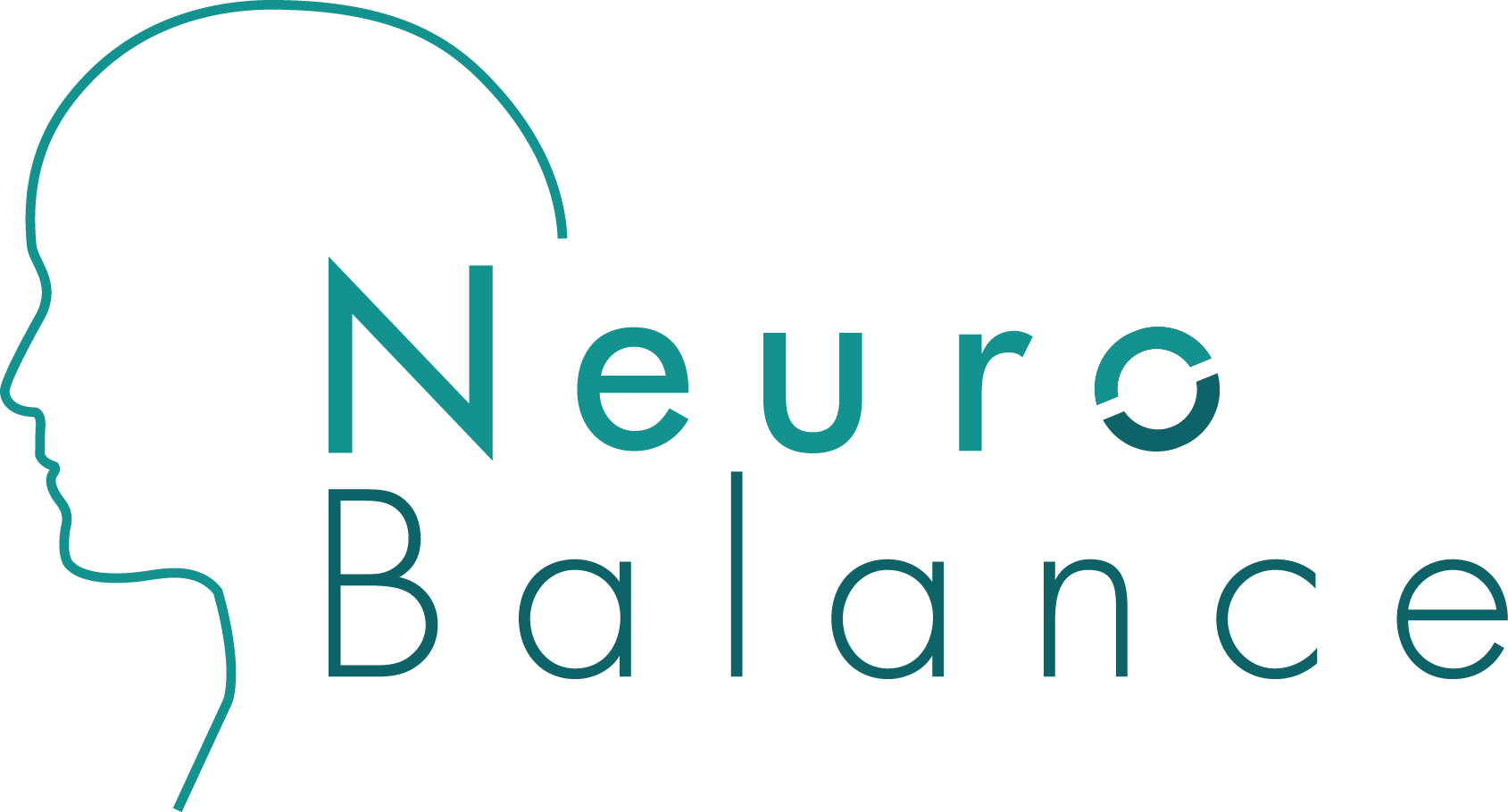Late Onset Bipolar Disorder
Late onset bipolar disorder is also know as older age bipolar disorder. It is a bipolar condition that is diagnosed later in life but may be a result of a pre-existing condition from early on in one’s life.
Late onset bipolar disorder can be confused as a newly discovered disorder, when in fact it more than likely was experienced much earlier but only recently has been diagnosed. The average age of someone with bipolar disorder is around 25 years and seems to affect both males and females relatively equally. More research needs to be done to discover why bipolar disorder isn’t as prevalent in younger children and the elderly.
Bipolar Disorder
Bipolar disorder is a life long neurological condition that affects the mood, focus, energy and activity levels with the most prominent symptom being alternating between manic and depressive episode phases. These episodes can last from days to weeks to months, varying in length for different people.
The changes in mood causes a shift in behaviors that affect work and relationships.
The manic symptoms of bipolar disorder include:
racing and overactive thoughts
not needing much sleep
taking risks and making destructive decisions
feeling wired, jumpy and on edge
reduced appetite
unfocused conversations that move quickly over many subjects
feelings of importance and power
The depressive symptoms of bipolar disorder include:
insomnia or sleeping too much
difficulty concentrating
feeling of suicide and death
being sad and worried
low sex drive
restless and hopeless
appetite changes
Bipolar disorder in Older Adults
Most bipolar disorder diagnosis take place early on in life because both the manic and depressive symptoms are presented. But, sometimes someone might be depressed most of their life but, only in their fifties begin to notice manic symptoms. Once they are diagnosed by a health care professional, then the bipolar condition is fully revealed.
Late onset bipolar disorder is less genetically linked than the early onset condition. Most health professionals believe age related brain changes or cerebrovascular disease could be the cause of bipolar disorder in older adults.
The general consensus is that older adults with bipolar disorder have more severe depressive episodes than younger people with bipolar disorder. Also, the risk of suicide increases in older adults as preexisting conditions goes up.
Any thoughts of suicide should be taken seriously. Keeping anything that might cause bodily harm like medications, sharp objects or weapons should be removed from ones living space. Call 911 or a suicide prevention hotline is a good idea. The National Suicide Prevention Lifeline (800-273-8255) 24 hrs. a day.
Diagnosis
Early diagnosis is important for the management of bipolar disorder because statistics show that those who receive early treatment tend to better control symptoms, are less suicidal and experience a better quality of life. A 2011 study indicates that many people don’t receive a proper diagnosis until 10 years after experiencing symptoms. Later diagnosis could mean greater complications in the future.
Older adults who are diagnosed with late onset bipolar disorder can be a challenge because many of the symptoms can mimic other diseases. Healthcare professionals also need to rule out any psychological and physical conditions in a series of tests by having an accurate medical history of a patient, taking a blood and urine test, as well as checking for current medications before making any treatment recommendations.
Treatment for Late Onset Bipolar Disorder
Most treatment options for both early and late onset bipolar disorder will require a combination of different therapies and medications. Arriving at a proper dose as to avoid and harmful interactions from existing medications and reduce side effects are critical for good management outcomes. Speak with your doctor to find out more.
Medication
There are currently many medications being used for the treatment of late onset bipolar disorder.
The use of antipsychotic meds which are used for mania in adults have precautions because they have serious side effects for people with dementia, according to the FDA.
The drugs used for the treatment of mania and depression commonly are:
atypical antipsychotics
lithium
anticonvulsant mood stabilizers
antidepressants
Therapy
The use of neurofeedback as part of a more comprehensive treatment protocol has been shown to be of benefit for those with bipolar disorder. This EEG brainwave therapy can help achieve a more stable and calming affect on the nervous system and brain, that over time can reduce the intensity and duration of the mania and depression episodes often associated with the condition.
For most people with late onset bipolar disorder implementing a combination of medication and therapy, such as neurofeedback, can have the best long term affects.
If you suspect you may be having issues with feelings of mania and / or depression don’t wait to get a diagnosis by your doctor. Early detection and diagnosis leads to faster treatments which leads to a better chance of managing the condition at any age.
-A Balanced Brain is a Stable Brain-
